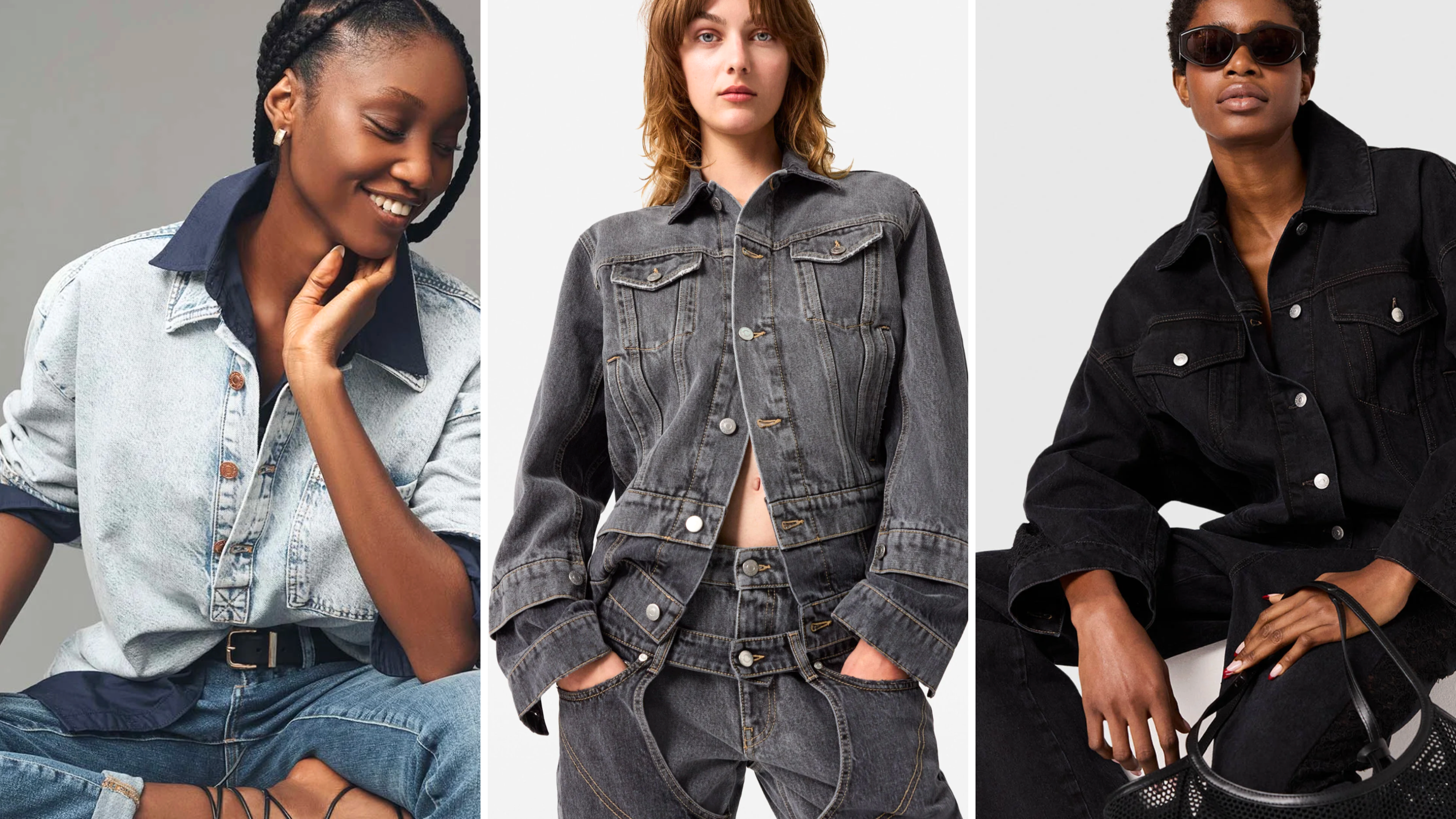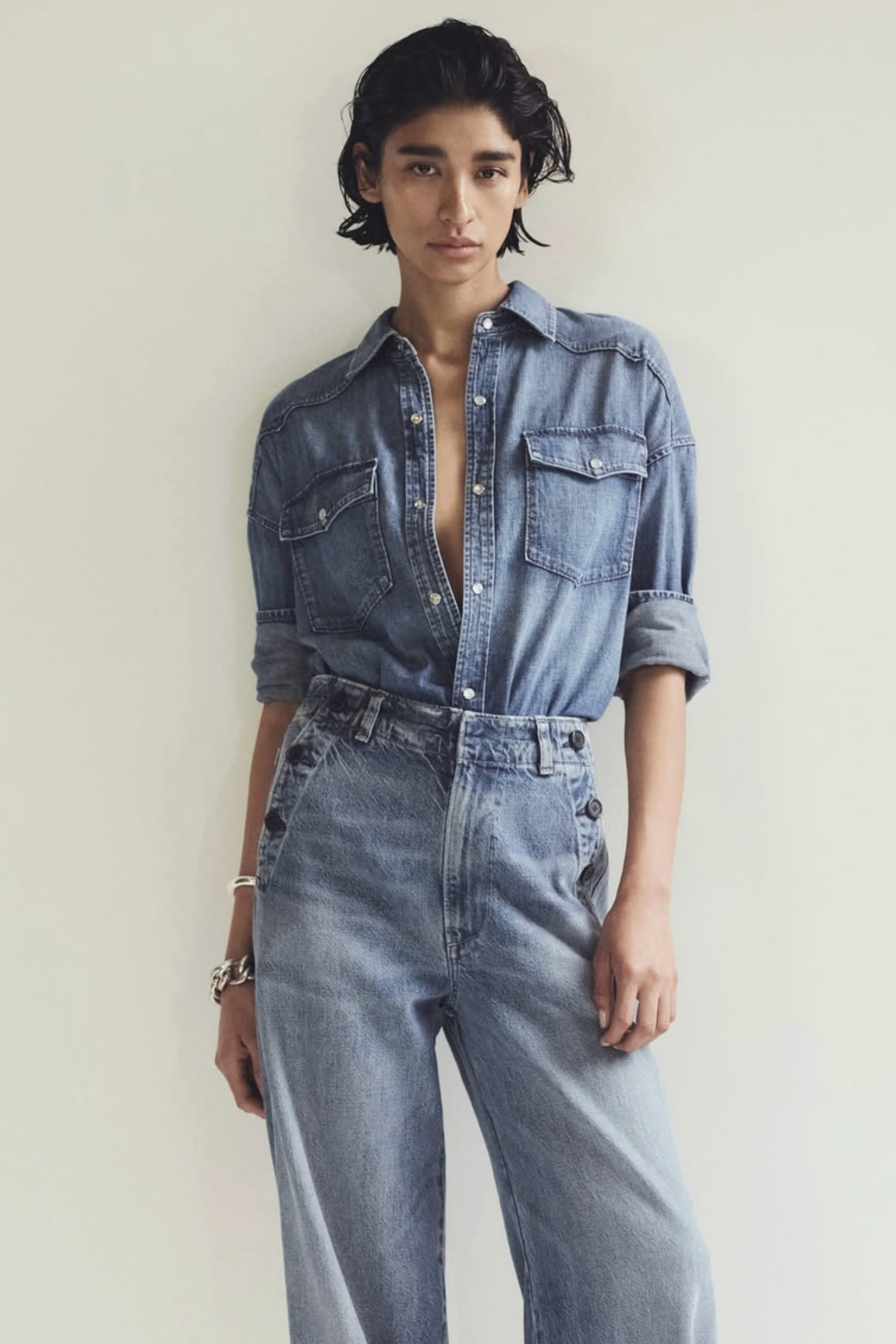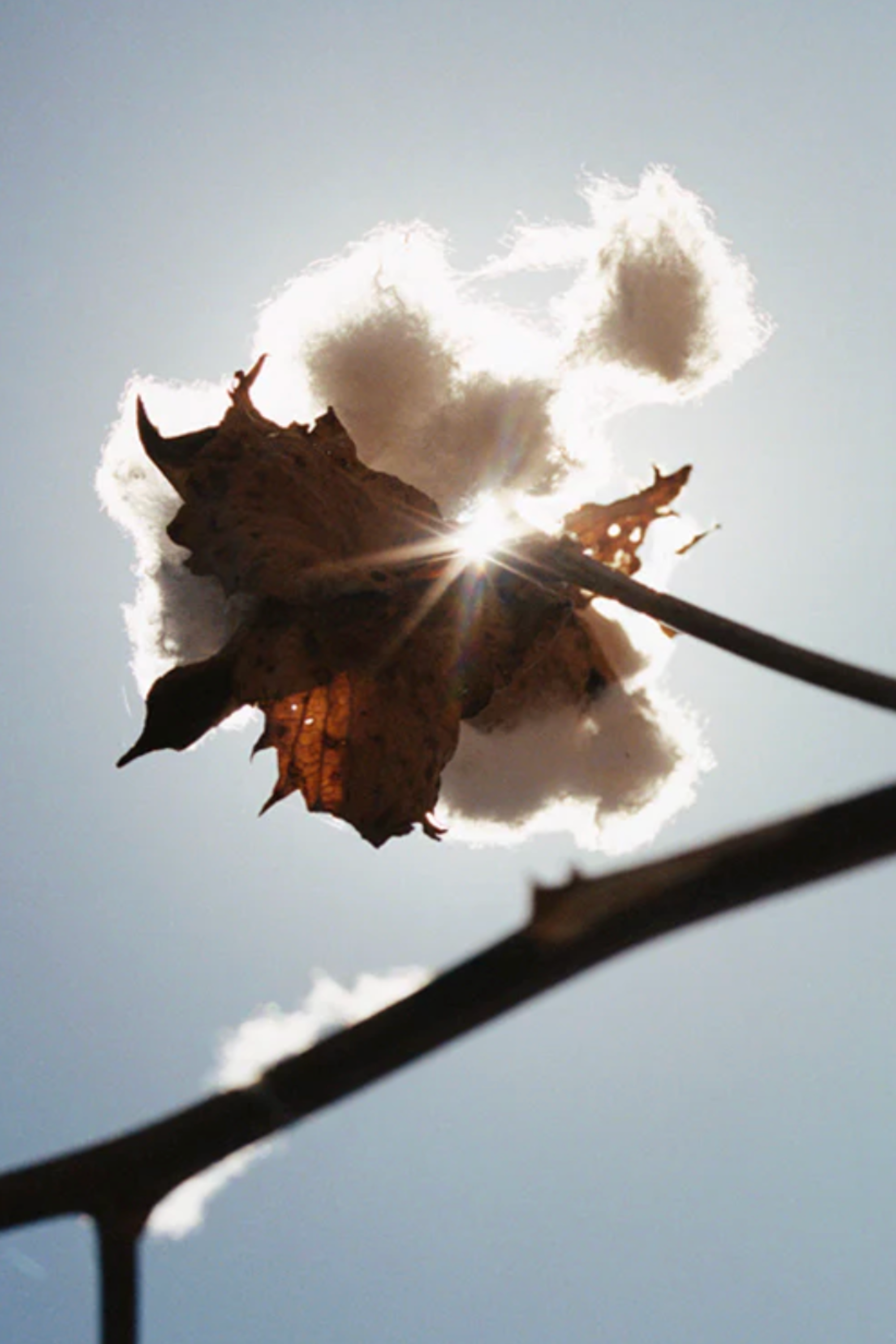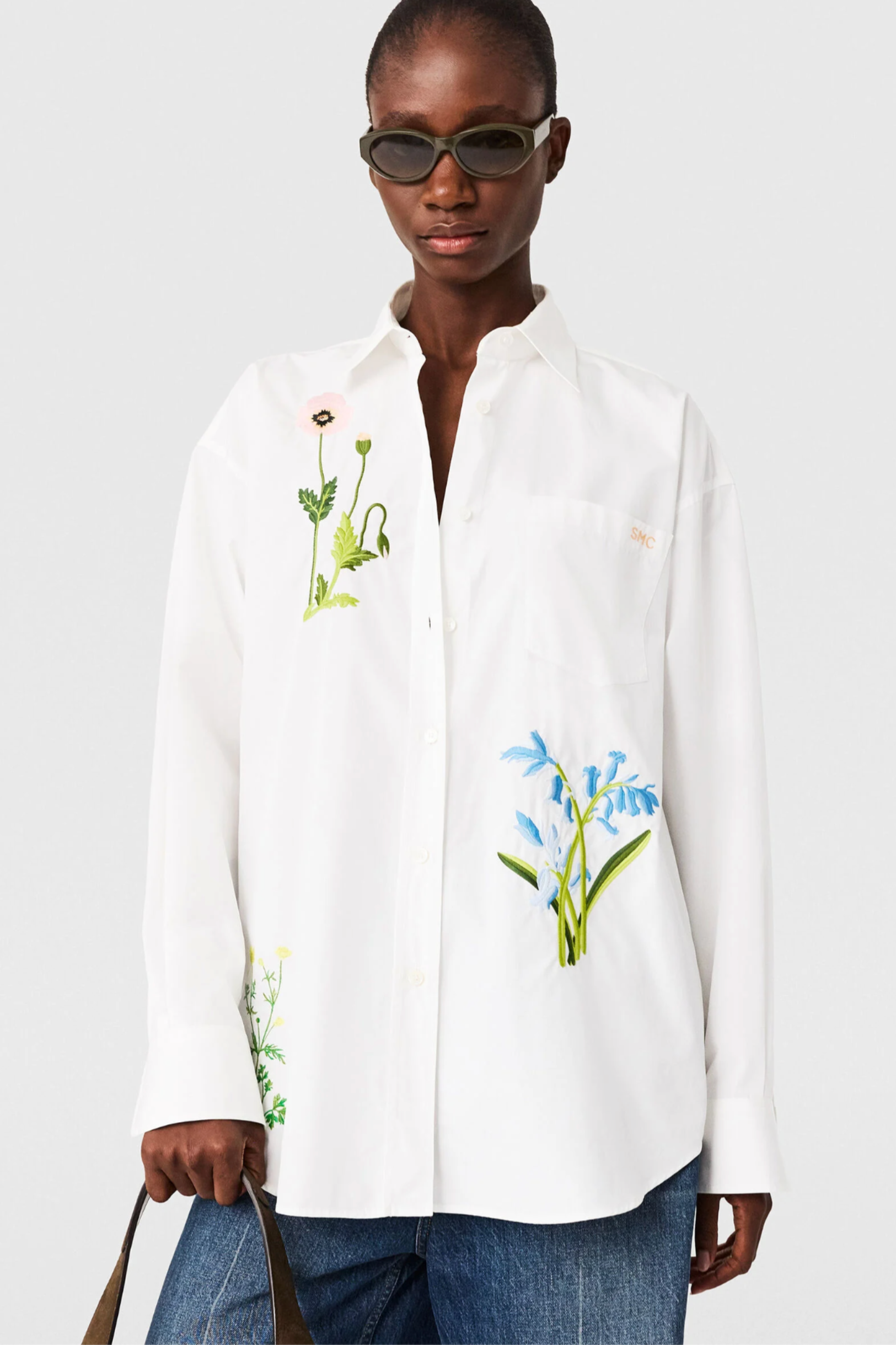Regenerative Cotton is About to Go Mainstream—Here's Everything You Need to Know
Where organic cotton once reigned supreme in sustainable fashion circles, a new category is quickly taking over


How often do you actually read the labels on your clothes? If you’re part of the growing clean clothes brigade (more on that another day), then probably quite often. Otherwise, it’s likely reserved for the moments you’re trying to justify the price of a knit—no wool-poly blend should cost more than cashmere, after all.
But whether you’re regularly checking what makes up your wardrobe or only occasionally curious, there’s a new term you might have noticed cropping up: regenerative cotton.
To put it simply: “Regenerative cotton is grown using farming practices that restore soil health, increase biodiversity, and improve the land over time, rather than simply extracting from it,” explains Lora Gene, founder of the namesake label that switched entirely to regenerative cotton a year ago. She sources her fibres from one of the pioneering mills in the field: Soktas, Turkey, alongside Stella McCartney.

For us as consumers, regenerative cotton looks and feels much the same as the cotton we already know—don’t expect denser weaves or brighter whites. The difference lies not in the garment, but in the ground. Regenerative cotton farming, and regenerative farming in general, "focuses on rebuilding soil organic matter, reducing chemical inputs, strengthening the resilience of the entire ecosystem, and supporting long-term farmer livelihoods,” adds Gene.
If that sounds familiar, you may have seen the process in action on Clarkson’s Farm, where food company Wildfarmed championed regenerative farming methods, supplementing the soil with nutrients it was lacking—much as we would our own bodies—for healthier, happier crops.

Now, that same soil-first approach has found its way into fashion. And with cotton accounting for roughly 24 per cent of total global fibre production, according to Common Objective, it’s a significant shift.
A number of labels are embracing the movement—Citizens of Humanity, AGOLDE, Stella McCartney, Herd, Armani, and even Anthropologie—weaving regenerative cotton into everything from denim to T-shirts and classic sweatshirts.
Celebrity news, beauty, fashion advice, and fascinating features, delivered straight to your inbox!
Citizens of Humanity and AGOLDE are among the leaders of the field. “Regenerative practices go far beyond replacing chemicals—they restore balance to the land,” shares Amy Williams, CEO at The Citizens of Humanity Group. “By improving soil health, sequestering carbon to combat climate change, enhancing water retention, and increasing biodiversity, these methods help ensure farmers achieve healthier crops and more resilient yields. The result is more productive farms that not only support farming communities but also produce higher-quality, nutrient-dense foods.”

So, how does it differ from the current championed option, organic cotton, that we’re already familiar with? "Whilst organic cotton reduces negative impacts compared to conventionally produced cotton—using less pesticides, fertilisers, insecticides and water—it doesn’t go beyond this, and soil and ecosystems are often still degraded over time," says Stella McCartney's Regenerative Cotton information page.
By contrast, "regenerative sourcing methods take a holistic approach to farming, measurably improving environmental conditions and striving to benefit farmers and their surrounding communities through improved crop performance and resilience, increased revenue streams due to crop diversity and beyond," they say. Plus, "regenerative cotton sourcing increases carbon sequestration of soils—working to tackle climate change, improving and protecting local biodiversity and putting Mother Earth first".

As Gene puts it, regenerative cotton matters “because it is the only way we can sustain cotton production without cutting any corners—environmentally, and without harming the economic viability of the crop itself.” The benefits are wide-reaching and it's need in a forever growing fashion industry is paramount.
And it’s not just cotton. Regenerative farming can also extend to animals, says Ruth Alice Rands, founder of Herd. “It is important that the plant or fleece is well suited to the environment in which it’s grown—for example, wool from Britain, linen from northern Europe and cotton from India, as the holistic farming practice prioritises soil health and biodiversity".
So, next time you glance at your clothing label, don’t just check for price justification—check for progress, especially when trying to shop sustainably.

Lauren Cunningham is a freelance fashion and beauty editor covering runway reviews, fashion news, shopping galleries and deep-dive features.